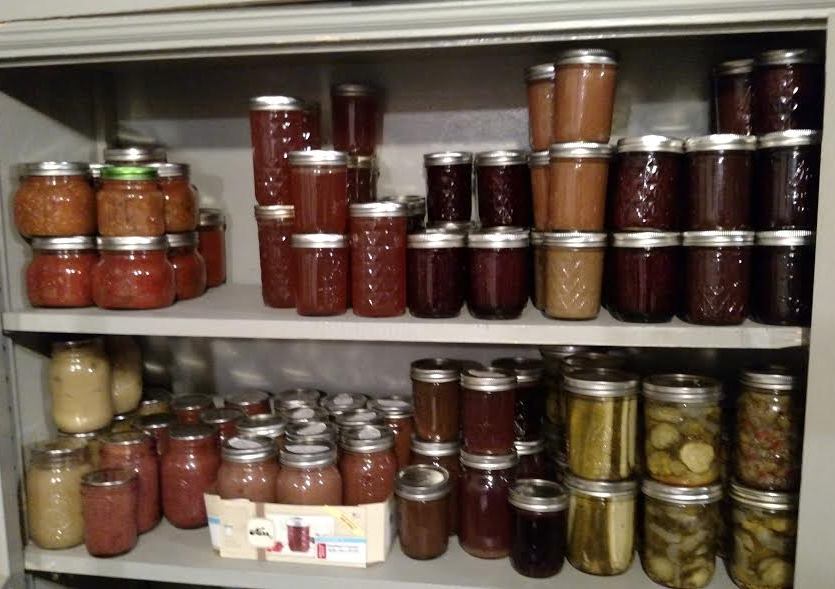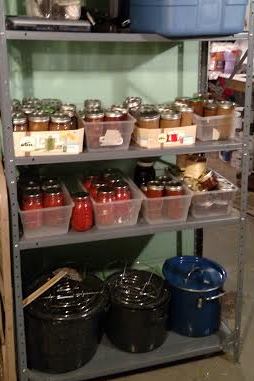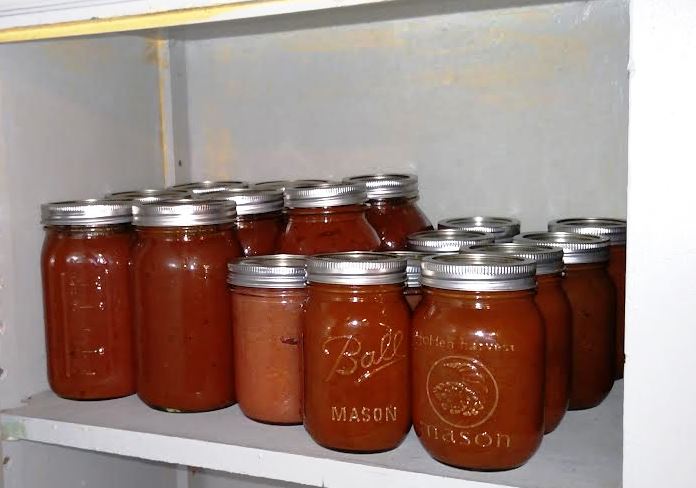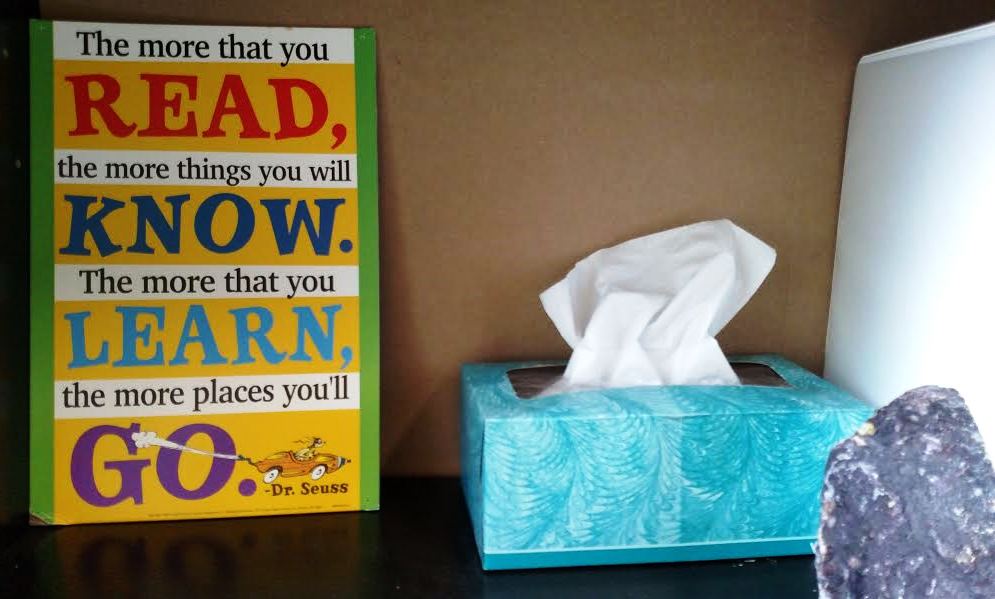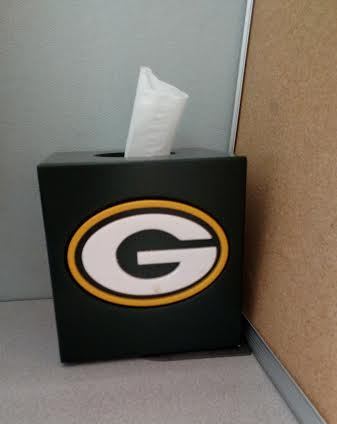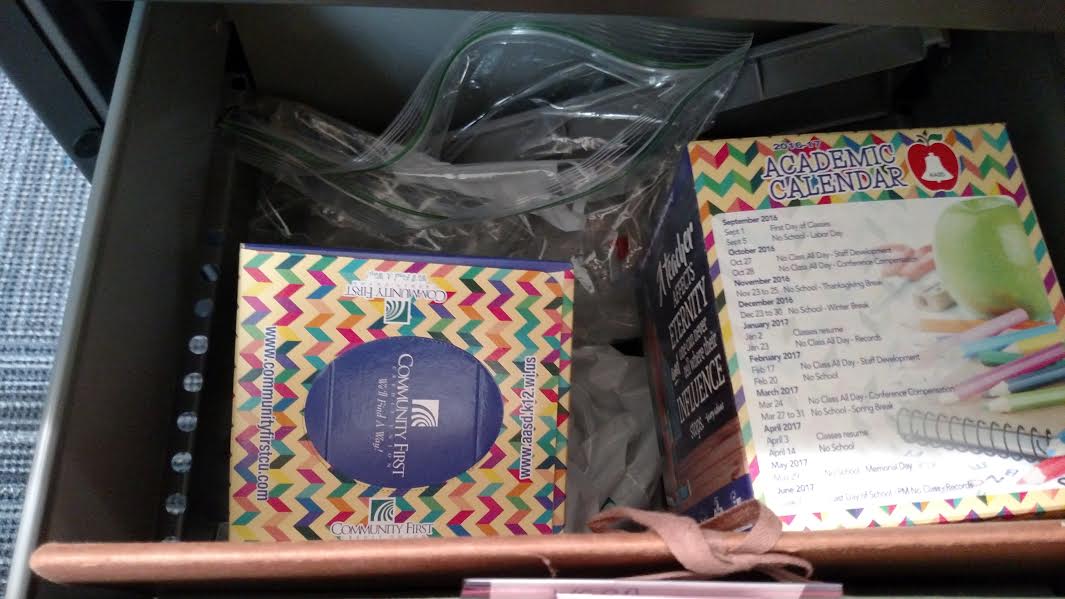The discussion comes up each time we get a new teacher on staff.
“Can we work from home?”
The answers begin as vague, and end as…well, you’ll see.
“Well, it’s teaching. Of course you’ll work at home sometimes.”
“Um, kind of. I like grading tests on the couch with my laptop. Essays, I’d rather grade at my desk with the two monitors.”
“On snow days, I answer emails from home. That’s all.”
“Work from home? If you call in sick, you’ll use a sick day, but you can keep working at home if you want.”
“Truth be told, you can work from home, but you won’t be paid for it. You’ll still need a sick day.”
And therein lies the dilemma. How much will a teacher do for free? I fell victim to the New Virus on the Block and missed almost a full week of school. But I teach online! I can do a lot of my job from home! And we don’t call subs at my online school (well, most of the time). I don’t have to leave sub plans! So…how much will I accomplish in between medication breaks and naps?
Follow this with a deep sigh and a gulp of whatever fluid is in the glass at my side. I’m really messed up either way. If I dig in my heals and do nothing because, well, I’m not being paid, I will really suffer when I go back to work. If I do too much from home, I’m setting a precedent I may not be able to meet in the future. But if I…and what about…and I really should be able to…oh, heck.
I did what I do: I made healing my priority. I remembered the day in the Emergency Room when the doctor wanted to keep me overnight and I said “No, no! I’m a teacher! I have to leave sub plans!” To make a long story short, I went to school at 10:30 PM on a Sunday night to leave plans. I made appointments for follow-up testing and rested all day Monday. My class behaved abysmally, and I caught hell for it. I vowed never, never again would I put my work before my health.
My home page looked like this.

Translation: 48 items my virtual red pen.
I graded a lot, and I replied to a few emails from families. And then, I took medicines and rested. A lot.
I have virtual mountains of virtual papers to grade and a long, long list of phone calls to complete. I will bring fluids with me in the form of Snapple or cranberry juice, and I will pack a large orange in my lunch. If the additional drinks and vitamin C don’t help me recover physically, they’ll remind me that I’m still healing. I’ve been sick for over a week, and it’s okay to spread the catch-up work over the span of another week.
Meanwhile, I’ll make sure Amigo has all the fluids he needs. He’s the next sufferer in the New Virus on the Block.

